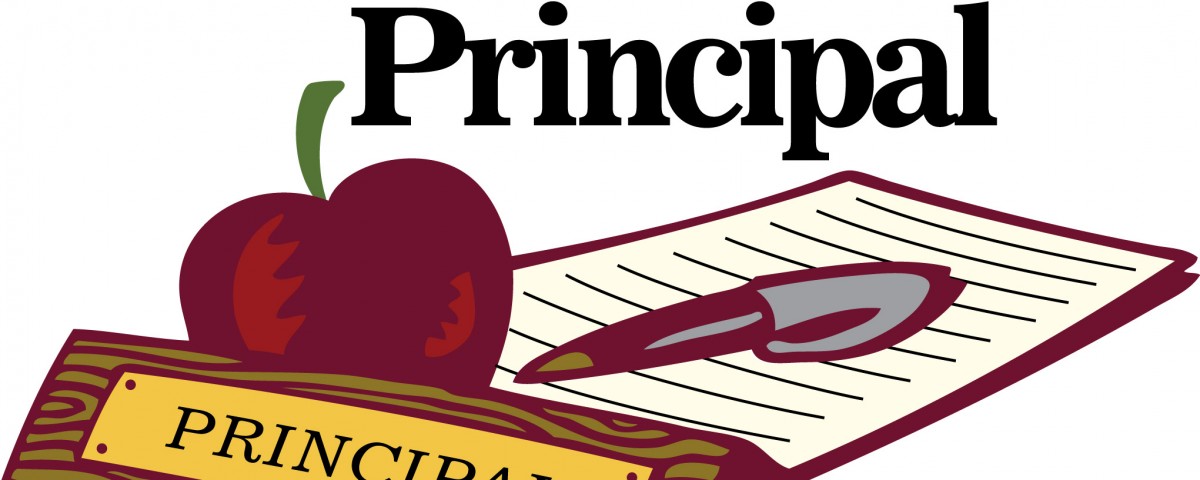Lessons I’ve Learned on What Makes or Breaks a Principal

He Was the People’s Principal
October 22, 2017
‘America to Me’ Director Steve James on Having a Real Conversation About Race in Schools
August 30, 2018
So many say that the principalship is the hardest job in education…and I couldn’t agree more. Being the inspiration, visionary, coach, sounding board, disciplinarian, advocate, negotiator, face and voice of the school is a tall order.
I have left out so many other technical aspects of the job like building management, finances, marketing, recruitment, human resources and local politics. And even with all these roles, we still understand our number one role is instructional leader.
At first glance this all seems impossible…and it is. But I have been fortunate to have grown up with some remarkable leaders in Chicago, so I have witnessed the impossible. I am a firm believer that there is a formula to their success: support. Not to say that one can’t be successful without it, it just becomes exponentially difficult.
As I move on from the principalship, I have some reflections on what makes or breaks a principal.
TEACHER LEADERSHIP
We need to revamp what this looks and sounds like if we want to lift school leaders. We understand the role of the principal in the development of teacher skill and leadership, but what is the reciprocal responsibility?
As a teacher leader, you are the extension of the principal’s voice and vision. You are where the work takes flight. When teachers and teacher leaders hold each other accountable for the agreements that lead to school change. This puts the power of school change in the hands of the people who have the biggest impact on student outcomes…teachers.
COLLABORATIVES
Principals need a strong cohort of like-minded leaders. The ability to gather with colleagues to share best practices and be thought partners in the work is invaluable. The collaborative should provide opportunities for principals to give feedback to each other about the work they are doing. Meaningful feedback that goes beyond quick walk-throughs and moves toward giving them a synopsis of the school from a teacher/staff lens, student lens as well as a parent’s lens. This lift helps to make this big job a little smaller.
PARENT AND COMMUNITY ENGAGEMENT
The low-hanging fruit in this conversation is the role of parents. If the family is uninvolved, then it’s assumed they don’t care about their student’s success. Conversely, those areas with high parent involvement are celebrated but can be viewed as challenging.
In either environment, the role of the parent and community seems to be on the fringes in our current model. Changing this narrative is going to be a joint effort.
For a principal to move the needle on most metrics, we need to engage parents in a common language around achievement, discipline, and learning so this language is spoken inside and outside the school. Our students then can hear and experience learning and growth in more spaces, which ultimately leads to their success.
Parent and community engagement should come with trust. This trust naturally feeds into respect. Respecting the school and the school’s outcomes means respecting the leader. No one wins if the leader isn’t trusted or respected. Again, it should be everyone’s goal to lift the school leader for the greater good. As the late great Gwendolyn Brooks reminds us, “We are each other’s harvest: we are each other’s business: we are each other’s magnitude and bond.”
CENTRAL OFFICE
I was recently at a mixer for the Surge Institute and one of the former fellows talked about what the fellowship meant to her and how it has shaped her. Her words linger with me as I reflect on how a central office lifts school leaders.
This entity should function as the platform, the mirror, the shield and the sword for schools leaders so that can be the catalyst for change. It should nurture leadership in anyone who inspires greatness in children. It should disrupt inequities. It should be working tirelessly to support (publicly and privately) any school leader who is a change agent, social justice warrior and movement starter. This lift helps the school leader feel more confident and higher impact in their pursuit of excellence.
Every school leader needs to feel safe, supported, respected, trusted and influential. This is when they are most successful. The principalship is the hardest thing I have done to date, but it has been one of the biggest levers of growth and change for me. For that I am eternally grateful. Now comes the work of lifting more school leaders.